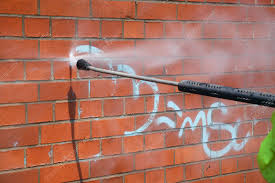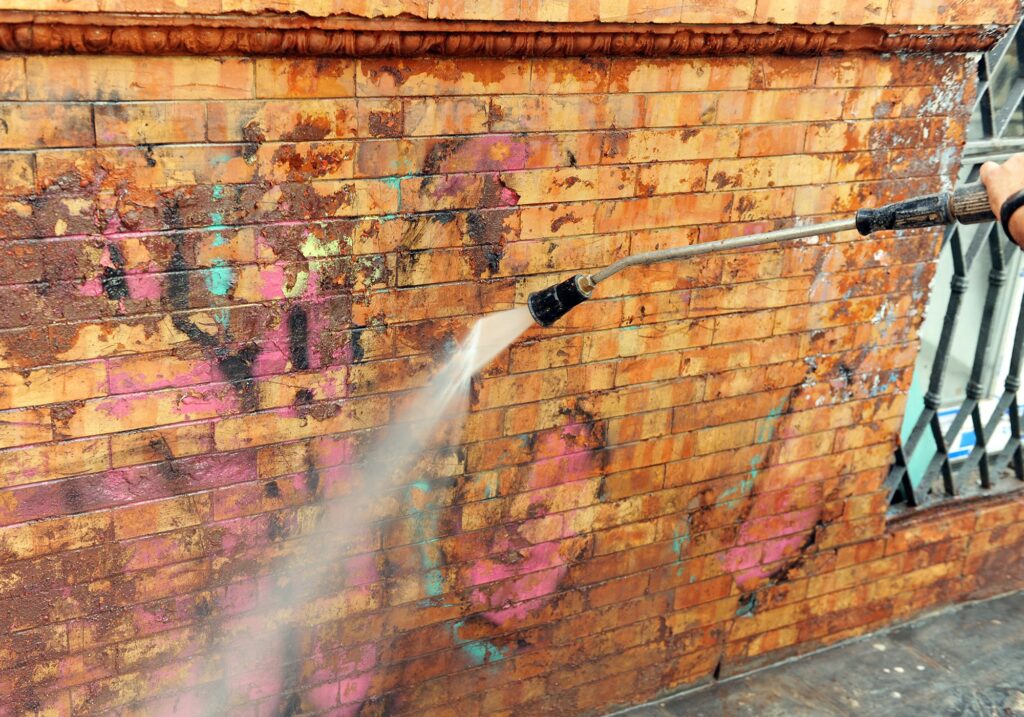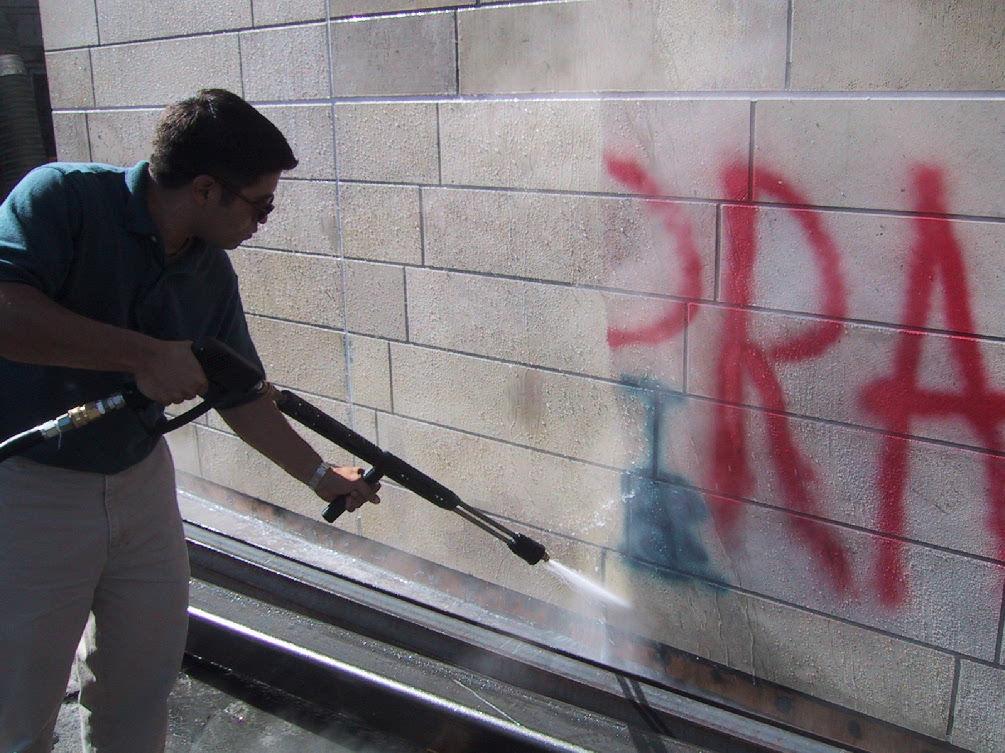
Graffiti, once viewed as a form of artistic expression, has become a widespread urban issue that many cities, municipalities, and property owners face. While some graffiti may be seen as an art form, for the majority of property owners and city officials, its presence represents a challenge to urban aesthetics, property values, and public safety. Graffiti removal is, therefore, not only a matter of cleanliness but also a necessary practice for maintaining the integrity of communities and their public spaces.
This article delves into the benefits and importance of graffiti removal, supported by expert recommendations and sources from manufacturers and professionals in the field. By examining the impact of graffiti on urban environments and communities, as well as the best practices for removal, this article seeks to highlight why timely and efficient graffiti removal is a crucial component of modern urban maintenance.
The Negative Impact of Graffiti
Before exploring the benefits of graffiti removal, it’s important to understand the negative effects of graffiti itself on both public and private spaces.
1. Decreased Property Value
One of the primary reasons property owners should address graffiti promptly is its detrimental impact on property value. Numerous studies have shown that areas with visible graffiti often experience a decrease in property values. For instance, according to a 2008 study published by the California Research Bureau, properties in neighborhoods with visible graffiti saw a reduction in their market value by as much as 15%.
2. Increased Crime and Vandalism
Graffiti is often associated with gangs or criminal activity. A study conducted by the National Institute of Justice in 2001 revealed that areas with persistent graffiti were more likely to experience other forms of vandalism, theft, and violence. Graffiti can create an impression of lawlessness and neglect, making an area more susceptible to further crimes.
3. Decreased Public Perception and Safety
When graffiti is left unchecked, it negatively affects the perception of a neighborhood’s safety. Research from the University of California, Irvine in 2014 found that neighborhoods with high levels of graffiti were often perceived as less safe, leading to reduced foot traffic and, in some cases, economic downturns for local businesses. Furthermore, some graffiti may obstruct or obscure important signage, creating additional safety hazards.
4. Damage to Property
Graffiti can cause lasting damage to the surfaces it defaces. Paints and markers used in graffiti can be difficult to remove, and if left untreated, they can permanently damage walls, sidewalks, and other surfaces. Over time, this damage can be costly to repair.

The Benefits of Graffiti Removal
Efficient graffiti removal offers several key benefits, not only to property owners but also to the community as a whole. By prioritizing the swift and professional removal of graffiti, municipalities and property owners can experience significant positive outcomes.
1. Enhances Aesthetic Appeal
The primary benefit of graffiti removal is the immediate improvement in the visual appearance of public spaces. Graffiti removal ensures that the urban landscape remains clean, inviting, and professionally maintained. In turn, this helps to foster a sense of pride among local residents and business owners, which can create a more vibrant, attractive area.
According to the Urban Institute, neighborhoods that regularly address graffiti see improvements in local beautification efforts, which can also contribute to enhanced public engagement. Clean streets and well-maintained buildings help create a positive atmosphere that encourages community pride.
2. Prevents Further Vandalism
Graffiti removal can help curb the incidence of further vandalism in a given area. The “broken windows theory,” a criminological concept introduced by social scientists James Q. Wilson and George L. Kelling, posits that visible signs of disorder, such as graffiti, encourage more crime and vandalism. The theory suggests that by addressing minor infractions, such as graffiti, the community can prevent larger problems from emerging.
Quick and effective graffiti removal signals to potential offenders that vandalism is not tolerated. This, in turn, can help reduce the likelihood of repeated graffiti offenses. This principle is endorsed by the National Association of Town Watch (NATW), which advocates for the swift removal of graffiti as a crime prevention strategy.
3. Maintains Property Values
As mentioned earlier, graffiti can diminish property values. By removing graffiti quickly, property owners can protect their assets. Local governments and municipalities also benefit from graffiti removal because it helps maintain the appeal of the area for potential homebuyers, renters, and business owners.
Manufacturers such as Ducksback and Graffiti Removal Products emphasize the importance of using effective removal products to prevent long-term damage to surfaces. Many recommend applying anti-graffiti coatings to buildings and surfaces in areas prone to graffiti, which can help preserve property values over time.
4. Promotes a Positive Community Image
Graffiti removal fosters a sense of collective responsibility and ownership among community members. By keeping public spaces clean and well-maintained, cities and neighborhoods can build a reputation as vibrant, safe, and well-kept areas. This promotes a positive image that attracts tourists, potential residents, and investors.
For example, in 2006, the City of New York launched an initiative called “Graffiti-Free NYC,” which included educational programs, public art initiatives, and the rapid removal of graffiti. This program has led to the transformation of formerly graffiti-heavy neighborhoods into thriving cultural and economic hubs.
5. Improved Public Health and Hygiene
Graffiti can sometimes serve as a medium for the spreading of harmful substances such as mold, mildew, and bacteria. These contaminants are often associated with spray paint, particularly when the graffiti is left for extended periods on porous surfaces. Removing graffiti promptly helps mitigate the risk of health concerns, especially in public spaces where people frequently gather, such as transportation hubs and parks.
Manufacturers of graffiti removal products, such as EcoClean Solutions and Goof Off, emphasize the importance of using eco-friendly, non-toxic removers that protect public health while eliminating graffiti. The use of sustainable products also helps ensure that urban cleaning practices do not harm the environment.

Best Practices for Graffiti Removal
Professional graffiti removal involves a set of best practices, tools, and techniques to ensure that the graffiti is not only removed effectively but also in a manner that does not damage the underlying surface. Here are some expert recommendations:
1. Act Quickly
The sooner graffiti is removed, the less likely it is to cause lasting damage. Graffiti that is allowed to remain for long periods becomes more difficult to remove, as paint can soak deeper into porous surfaces. Additionally, longer exposure increases the risk of further vandalism.
The National Graffiti Removal Association (NGRA) recommends that graffiti be removed within 24 to 48 hours to minimize its impact. This rapid response prevents the graffiti from becoming a permanent fixture of the landscape.
2. Use the Right Tools and Products
Not all surfaces require the same cleaning method, so it’s essential to use the right products for the job. Professional graffiti removal experts use a variety of tools, such as power washers, steam cleaners, and specialized cleaning solvents.
For sensitive surfaces, non-abrasive cleaning agents, such as Simple Green or Graffiti-Off, are recommended. These products are designed to remove graffiti without causing harm to the underlying material. Additionally, anti-graffiti coatings can be applied to vulnerable surfaces to prevent future damage.
3. Use Eco-Friendly and Safe Chemicals
Environmental safety is an increasingly important consideration in graffiti removal. Many professional services now emphasize the use of eco-friendly and biodegradable solvents. Companies such as EcoClean produce non-toxic graffiti removers, which are safer for both the environment and people.
The U.S. Environmental Protection Agency (EPA) has developed guidelines for selecting safe, sustainable cleaning products. Choosing such products helps ensure that graffiti removal practices are not harmful to surrounding ecosystems.
4. Preventative Measures
Once graffiti has been removed, applying an anti-graffiti coating can help prevent future incidents. These coatings create a protective layer on walls, making it more difficult for spray paint to adhere. Many manufacturers, including Ducksback and GraffitiGuard, offer coatings that are designed to repel graffiti and make the removal process easier in the future.
5. Community Engagement and Education
Local authorities and businesses can help prevent graffiti by engaging the community in educational efforts about the consequences of vandalism. Providing legal alternatives for artistic expression, such as designated mural spaces, can also help reduce the prevalence of illegal graffiti.
Conclusion
Graffiti removal is an essential practice for maintaining the aesthetic appeal, safety, and value of urban spaces. By addressing graffiti promptly, property owners and municipalities can prevent its negative effects, promote a positive image, and reduce the likelihood of further vandalism. Graffiti removal also plays an important role in public health and hygiene by preventing the buildup of harmful substances.
Through a combination of timely removal, proper techniques, and preventative measures, the benefits of graffiti removal are clear. Cities and communities that prioritize the swift removal of graffiti not only improve the appearance of their neighborhoods but also contribute to safer, healthier, and more vibrant public spaces for all.
Sources and References:
- California Research Bureau (2008). “The Economic and Social Costs of Graffiti.”
- National Institute of Justice (2001). “The Impact of Graffiti on Crime and Vandalism.”
- University of California, Irvine (2014). “The Impact of Graffiti on Neighborhood Safety.”
- Urban Institute (2012). “Public Perception and Graffiti Removal: A Study on Urban Aesthetics.”
- National Association of Town Watch (NATW) (2016). “Preventing Crime Through Graffiti Removal.”
- National Graffiti Removal Association (NGRA) (2018). “Best Practices for Graffiti Removal.”
- U.S. Environmental Protection Agency (EPA) (2020). “Selecting Safe and Sustainable Graffiti Removal Products.”
